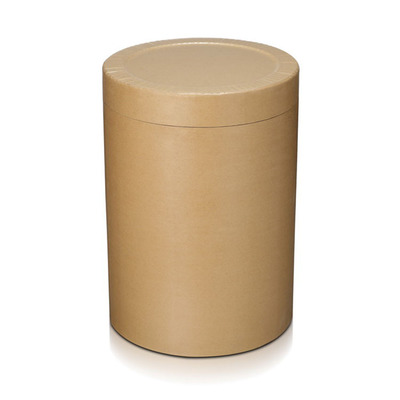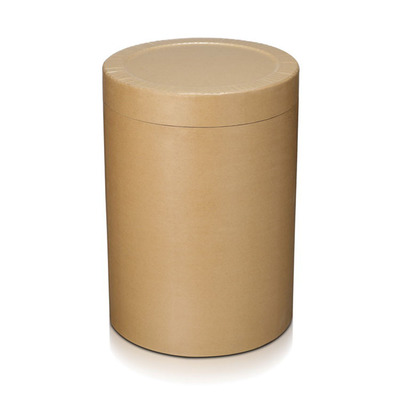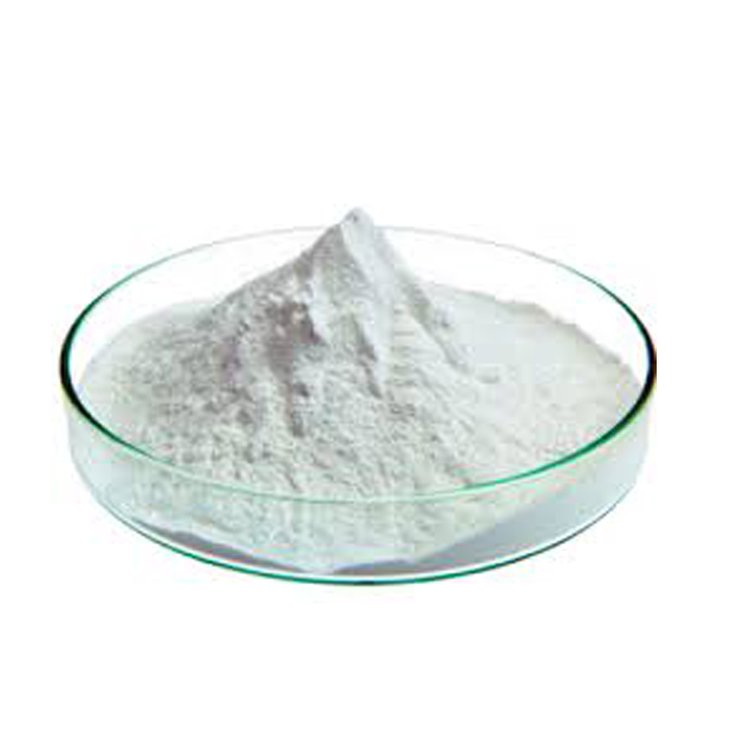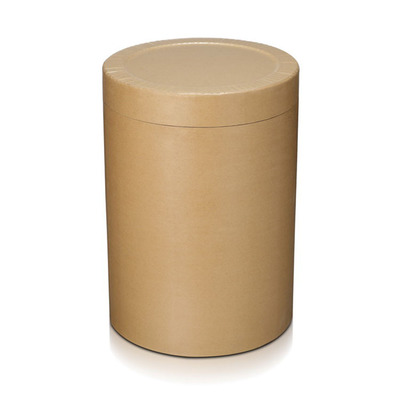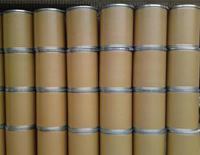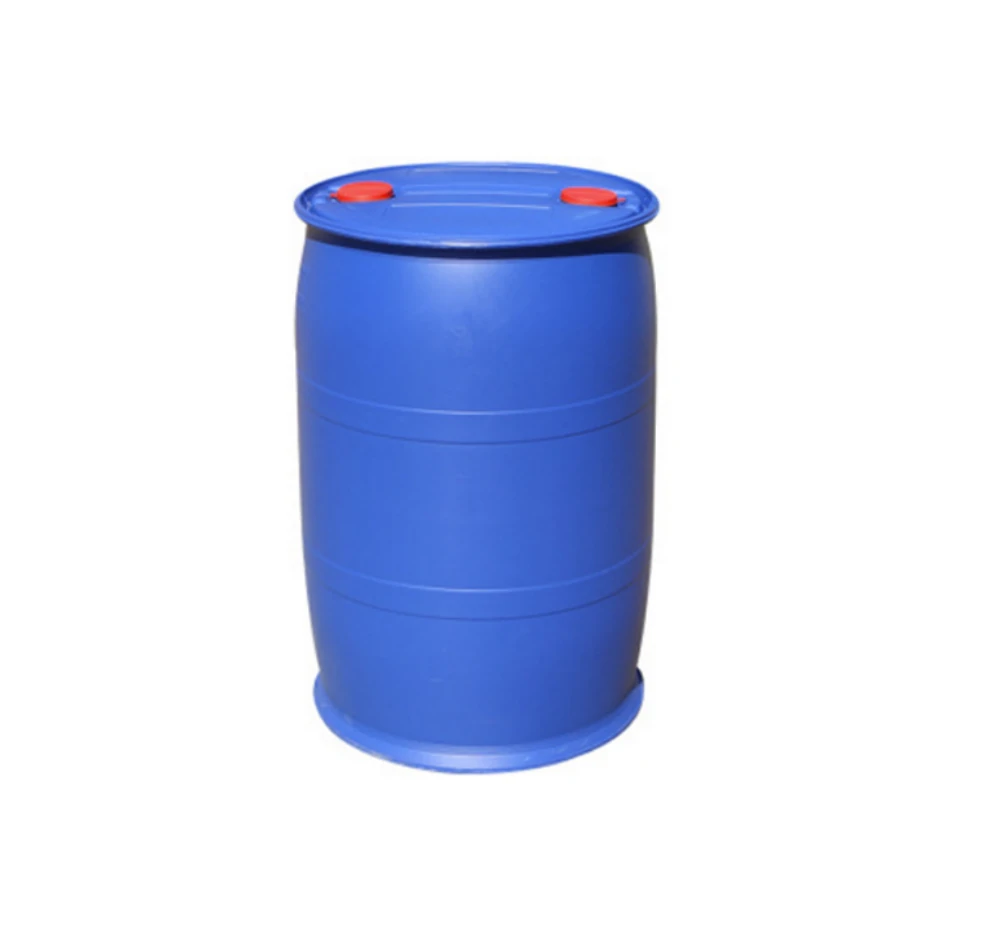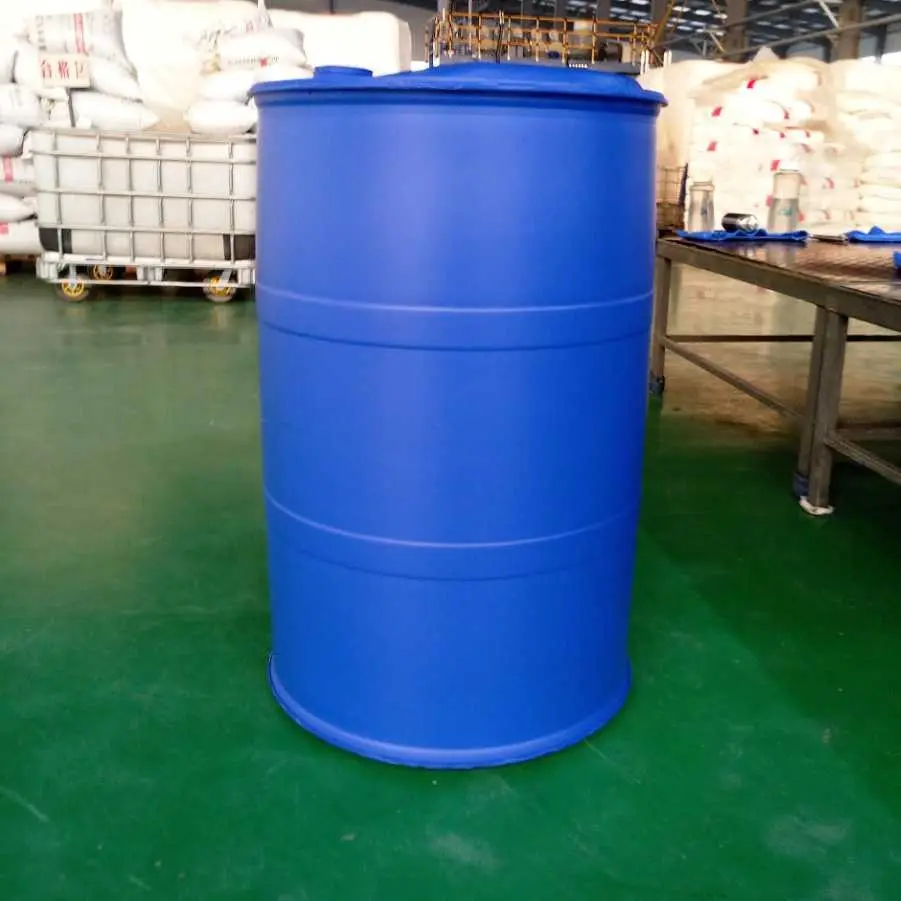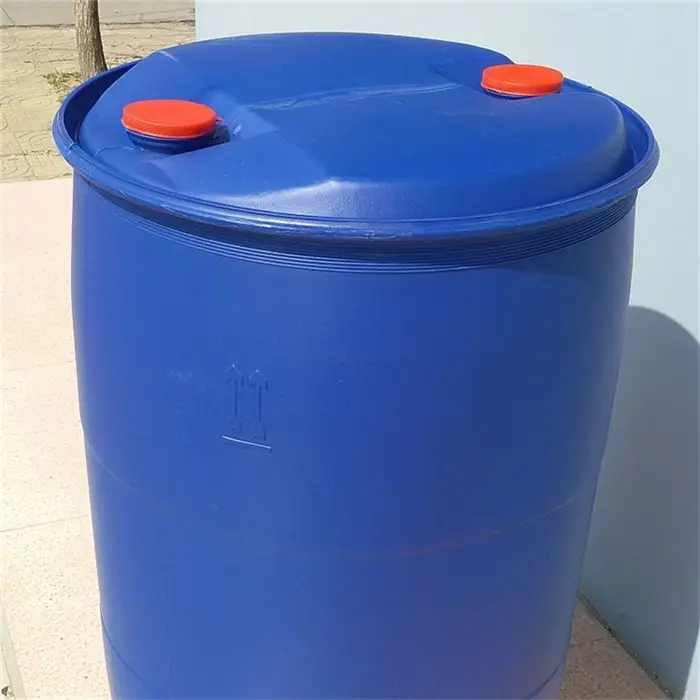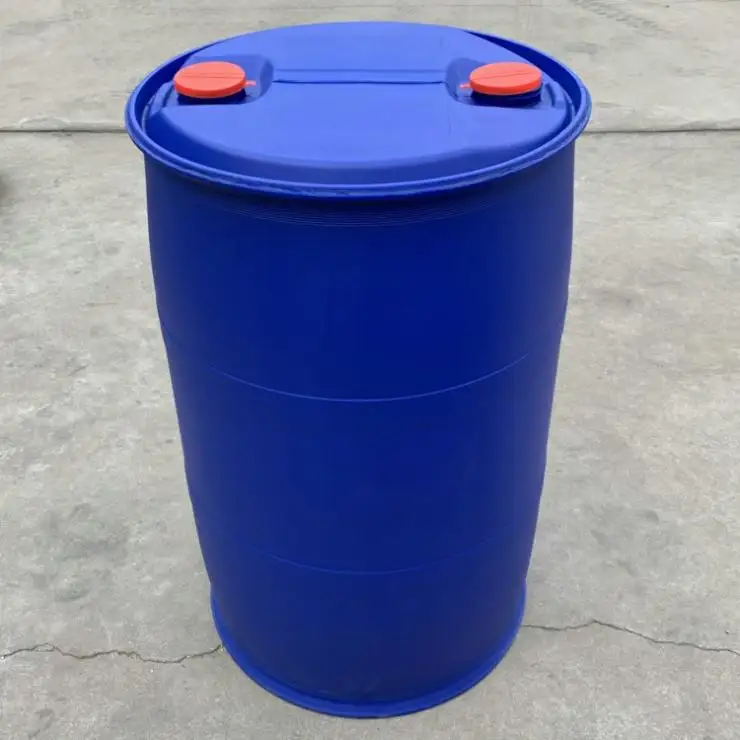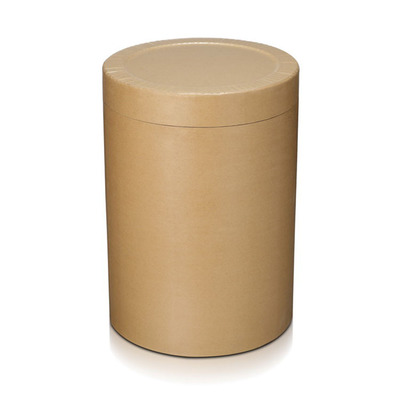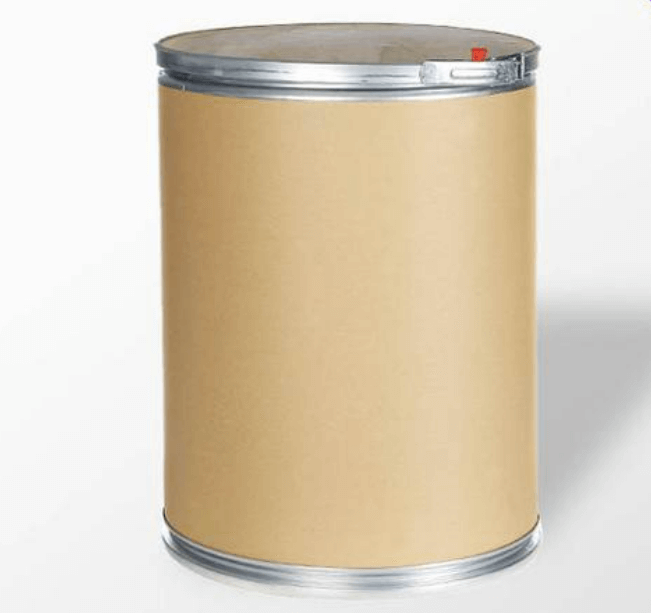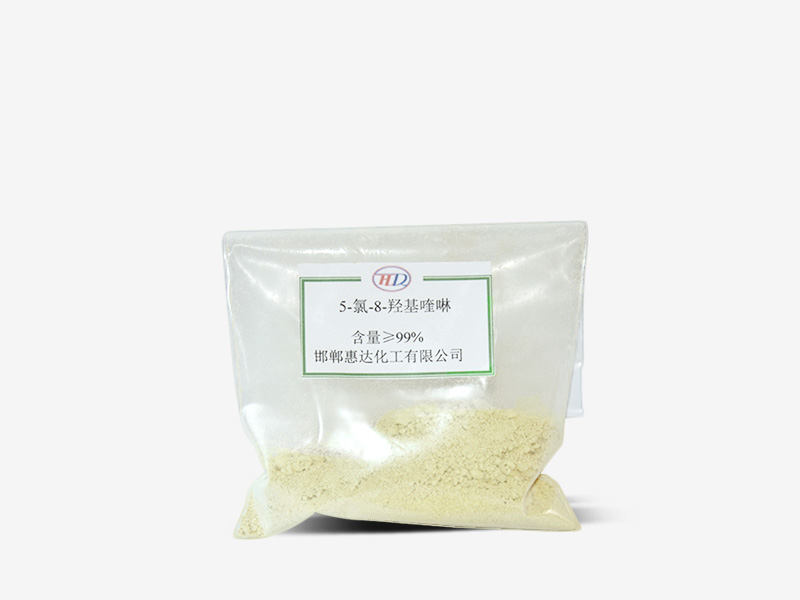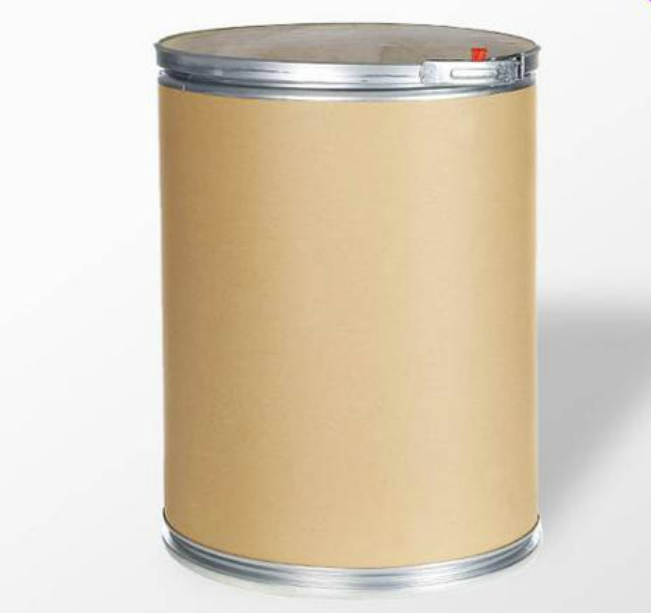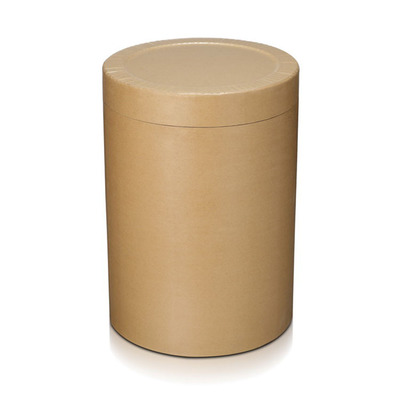API & Intermediate
Pharmaceutical Raw Materials
Veterinary API
Antiallergic Drugs
Hormones and Endocrine Drugs
Drug Metabolism
Pharmaceutical Intermediates
Synthetic Anti Infective Drugs
Specialty Drugs
Vitamins and Minerals Medicines
Feed Drug Additive
Antineoplastic Agents
Nervous System Drugs
Respiratory Drugs
Diagnostic Agents
Anti Stress Drugs
Antipyretic Analgesics
Antiparasitic Drugs
Circulatory System Drugs
Biochemicals
Blood System Drugs
Immune System Medication
Pharmaceutical Excipients
Fluid, Electrolyte, and Acid-Base Balance
Urinary System Drugs
Antibiotics
Anesthetic Agents
Inhibitors
Other Chemical Drugs
Digestive System Drugs
Find
7127
related chemicals for you
CAS:124832-27-5
Molecular Formula:C13H21ClN6O4
Alias
More Information
2-[(2-Amino-6-oxo-3H-Purin-9-yl)Methoxy]Ethyl (2S)-2-Amino-3-Methylbutanoate;Hydrochloride; Valacyclovir Hydrochloride; Valaciclovir HCl Anhydrous
Brief Introduction
The chemical name of valaciclovir hydrochloride is: l-valine-2 - [(6-oxo-2-amino-1,6-dihydro-9h-purin-9-yl) methoxy] Ethyl ester hydrochloride, valaciclovir hydrochloride is the L-valine ester of acyclovir and the prodrug of acyclovir. It is hydrolyzed into acyclovir immediately after entering the body to exert its efficacy. It is used to treat varicella zoster and infection caused by type I and type II herpes simplex virus, including initial and recurrent genital herpes virus infection.
Suppliers
View More Vendors (5) >
CAS:127-40-2
Molecular Formula:C40H56O2
Alias
More Information
Xanthophyll; Phytoxanthin; Chrysophyll; β,-Carotene-3,3'-Diol, (3R,3'R,6'R)-; Beta,E-Carotene-3,; Beta,E-Carotene-3,3'-Diol; Epsilon-Carotene-3,3'-Diol; Beta,Epsilon-Carotene-3,3'-Diol
Brief Introduction
This product can be used in papermaking, printing and dyeing industries. This product is an edible pigment, which can be used for food coloring. It can also be added to poultry feed to enhance the yellow of poultry egg yolk. Lutein has the characteristics of "natural", "nutrition" and "multi-function", and can be widely used in food, health products, cosmetics, medicine and feed additives. It can be used for dietary carotene, but it has no effect of VitaminA. It can increase the pigment concentration of spots in the eyes and may improve vision.
Suppliers
View More Vendors (5) >
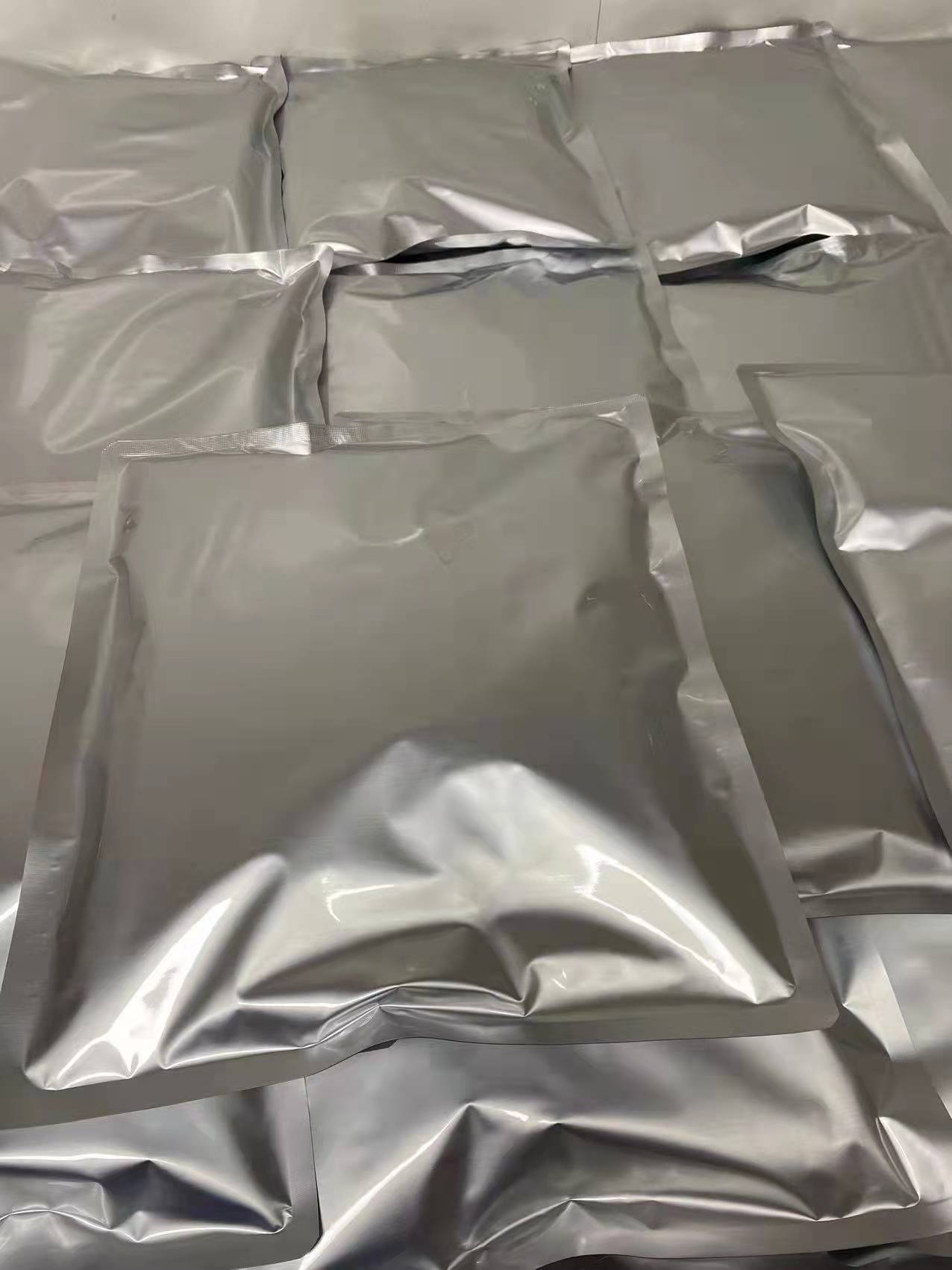
Water soluble Beadlets: 1%; 5%; 10%; 20%
/
Food Grade
25kg
/
Fibre Drum
CAS:127913-44-4
Molecular Formula:C4H6ClNO
Alias
More Information
(3S)-4-Chloro-3-Hydroxybutanenitrile; (3S) -4-Chloro-3-Hydroxybutyronitrile; 4-Chloro-3-Hydroxy-Butyronitrile; (S)-(-)-4-Chloro-3-Hydroxybutyronitrile; Butanenitrile, 4-Chloro-3-Hydroxy-, (3S)-; (3S)-4-Chloro-3-Hydroxybutyronitrile; (s)-4-Chloro-3-Hydroxybutanenitrile
Suppliers
View More Vendors (5) >
CAS:130-16-5
Molecular Formula:C9H6ClNO
Alias
More Information
5-Chlorooxine; 5-CHQ; 5-Chloroquinolin-8-Ol; 8-Quinolinol, 5-Chloro-; 5-Chloro-8-Quinolinol; 5-Chloroquinophenol; Clioquinol Ep Impurity A; 5-Chloro-8-Oxyquinoline; 5-Chloro-8-Quinolino
Brief Introduction
5-Chloro-8-hydroxyquinoline is an anti-bacterial, anti fungal, anti-aging and anti tuberculosis drug.
Suppliers
View More Vendors (5) >
CAS:13292-46-1
Molecular Formula:C43H58N4O12
Alias
More Information
Rifobac; Famcin; Rif; 3-(4-Methylpiperazinyliminomethyl)Rifamycin Sv,Rifampin,Rifamycin Amp; Rifamycin Amp; Rifa; Rifadin; Arficin; Rifampin; Rifinah; Rifagen; 2,7-(Epoxypentadeca(1,11,13)Trienimino)Naphtho(2,1-B)Furan-1,11(2-H)-Dione,5,6; 3-(((4-Methyl-1-Piperazinyl)Imino)Methyl)-Rifamyci; 3-((4-Methyl-1-Piperazinyl)Iminomethyl)Rifamycinsv; 8-(((4-Methyl-1-Piperazinyl)Imino)Methyl)Rifamycinsv; 8-(4-Methylpiperazinyliminomethyl)Rifamycinsv; 8-(N-(4-Methyl-1-Piperazinyl)Formidoyl)-Rifomycins
Brief Introduction
Rifampicin is a broad-spectrum antibiotic belonging to rifamycin family. It has strong antibacterial effect on Mycobacterium tuberculosis, and also has curative effect on Gram-positive or negative bacteria and viruses. Red or dark red crystalline powder, insoluble in water. Generally, it is a capsule or tablet oral drug, which has a synergistic effect with other anti tuberculosis drugs and delays the generation of drug-resistant strains.
Suppliers
View More Vendors (5) >
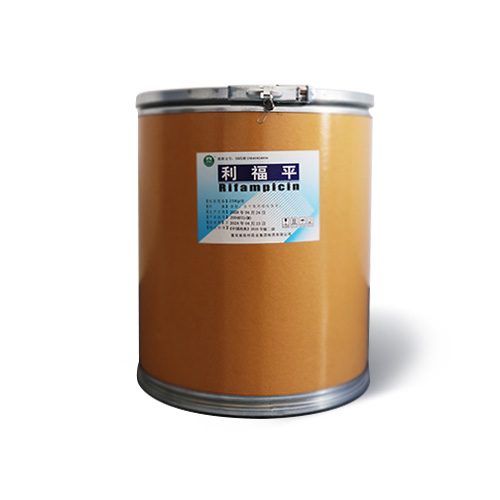
CP/BP/USP/IP/EP
/
Pharm Grade
25kg
/
Fibre Drum
<Invalid Value>
/
/
-
<Invalid Value>
/
/
-
Inquiry (
10
/ 10
)
Clear All
You can inquire for up to 10 products at a time
Sign In
Error!

